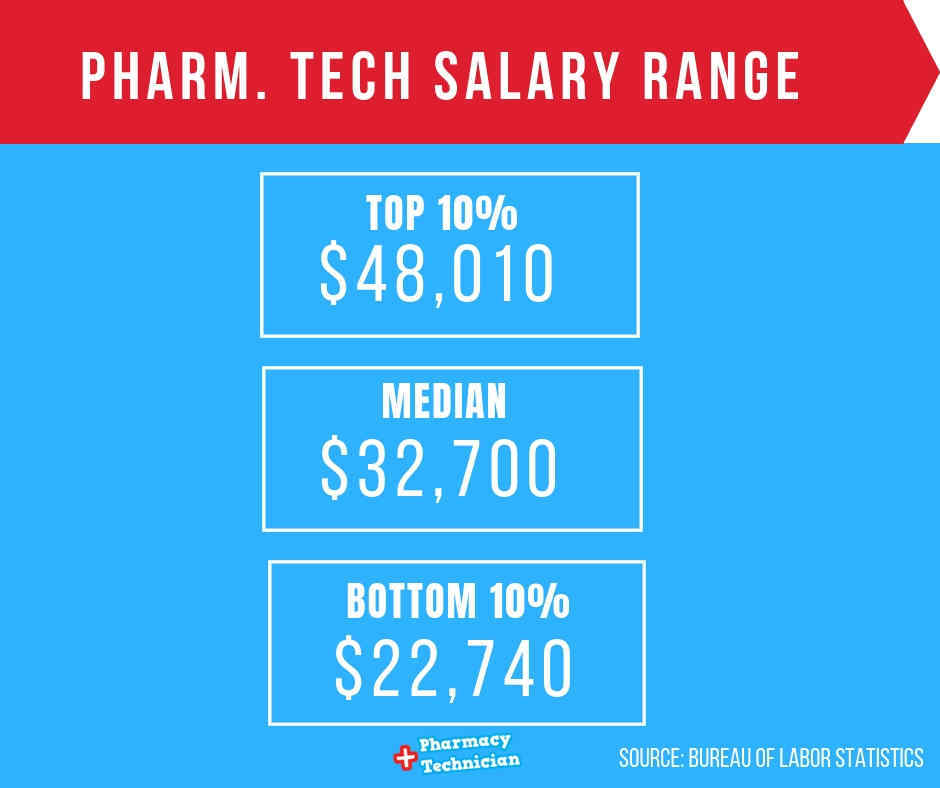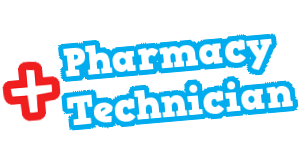The Complete Guide to Becoming a Medication Reconciliation Technician
If you’re passionate about the fields of healthcare and pharmacology, detail-oriented, and a people person, a career as a Medication Reconciliation Technician (MRT) might be a good fit. Medication reconciliation work is increasingly being passed on to pharmacy technicians (PT) to free up the time of healthcare professionals for other tasks, which is why now is an ideal time to seek out a job in this field.
Whether your goal is to support a pharmacist or other healthcare professional in their work or to become one yourself, this is a good entry-level position that you can achieve with little education and certification as a PT. How long it takes to become an MRT depends on how much time and money you are willing to spend to further your career.
Medication reconciliation is the process of determining what medicines a patient has been prescribed and comparing it to what they are taking.
The main differences between an MRT and a Pharmacist are the level of education each go through to become certified and the level of responsibility that they take on. A pharmacist is required to earn a doctorate in pharmacology. This is a six-year commitment at least, but the education is necessary because a pharmacist takes responsibility for everything that happens in a pharmacy.
An MRT in most cases only needs to become certified as a pharmacy technician. Their role is an important one since they help provide important oversight when it comes to patient medications, but ultimately, it’s up to their supervisors to make final decisions regarding patient prescriptions, doses, etc. This saves money and clears up time for pharmacists to perform more specialized duties.
MRT Education Requirements
The requirements to become an MRT vary from state to state, but there are some commonalities that most employers look for in a candidate. Most MRTs must complete a Pharmacy Technician Certification Exam (PTCE) and become a certified PT. In some states, there are no licensure requirements for PTs, in others you must complete training programs or register with your state Board of Pharmacy.
Technically, you can take the PTCE without any pre-requisites, but it can be hard to pass without adequate preparation or experience. For this reason, most candidates take a pre-certification course or earn a college degree before taking the test to become a certified PT.
Many employers will hire a candidate with a degree and experience over one with just a high school degree, though some do offer on-the-job training.
Salary
Since MRTs are essentially specialized PTs, the pay for both jobs is similar and depends on your experience, state, and the specific workplace that you’re employed in.
The median wage for a full-time pharmacy technician is around $32,700 per year according to Bureau of Labor Statistics’ 2018 data. The BLS and online job listings for MRTs suggest that salaries for this occupation can range anywhere from $20,000 per year on the low end to upwards of $50,000 per year.

What’s the average salary of a Pharmacy Technician? Hint: It’s high.
MRT Duties
The role of an MRT involves compiling lists of medications that patients are currently taking, then comparing the list with new medications to make sure that none are redundant. They also make sure there will be no dangerous drug interactions or allergic reactions due to ingredients in the medications.
To compile all of the information you need, you may have to speak with patients directly, look at their medical records, or look at their hospital intake and discharge information. Aside from the names of the medications themselves, other important information to be recorded may include updates on:
Below is a typical medical reconciliation form an MRT generally uses during the process:
As an MRT, your job is to note any discrepancies between previous and new medications and bring them to the attention of a supervisor, who may be a doctor, pharmacist, or other healthcare professional. This person will decide whether action needs to be taken to adjust the patient’s medications. A new list will be compiled based on this information.
Workplace
MRTs work in a variety of different settings, including pharmacies, clinics, and hospitals. In each of these settings, the work and the duties you’re expected to perform can vary. Similarly, pay can also vary depending on the location. For example, an MRT’s salary is usually higher in hospitals than primary care clinics and pharmacies.
Currently, most pharmacy technicians who do MRT work are employed in hospital emergency departments or preoperative settings. Traditionally, this work was performed by pharmacists and doctors, with nurses getting initial intake information. The problem with this is that nurses may not know as much about drug names and interactions, which leads to missing information or discrepancies.
A study conducted at Tacoma General Hospital found that switching some responsibility for medication reconciliation in the Emergency Department from nurses to pharmacy technicians resulted in fewer inconsistencies. Specifically, they noted, “the rate of adverse medication events has decreased by more than 25% while medication harm events dropped by almost 50%.” Those are big improvements!
There is evidence that employing PTs in primary care settings can also reduce the cost of healthcare and avoid everything from minor to major medication errors, which is why we are beginning to see more pharmacy technicians in these and other workplace settings. A pilot program at the Boise VA Medical Center identified a total of 837 discrepancies that might otherwise have gone unnoticed, for example.
Conclusion
PTs play a crucial role in pharmacy operations by working with pharmacists to ensure that prescriptions are dispensed safely and accurately. Because of their knowledge of names and doses of many medications, pharmacy technicians are increasingly being used in medication reconciliation roles.
If you are looking for an entry level job in a pharmacy, clinic, or hospital setting, know that PTs are in high demand, especially those skilled in medication reconciliation. The PT occupation is experiencing above-average growth compared to other occupations, so you can be confident that you will find work after becoming certified especially if you focus your education on medications and their interactions.
